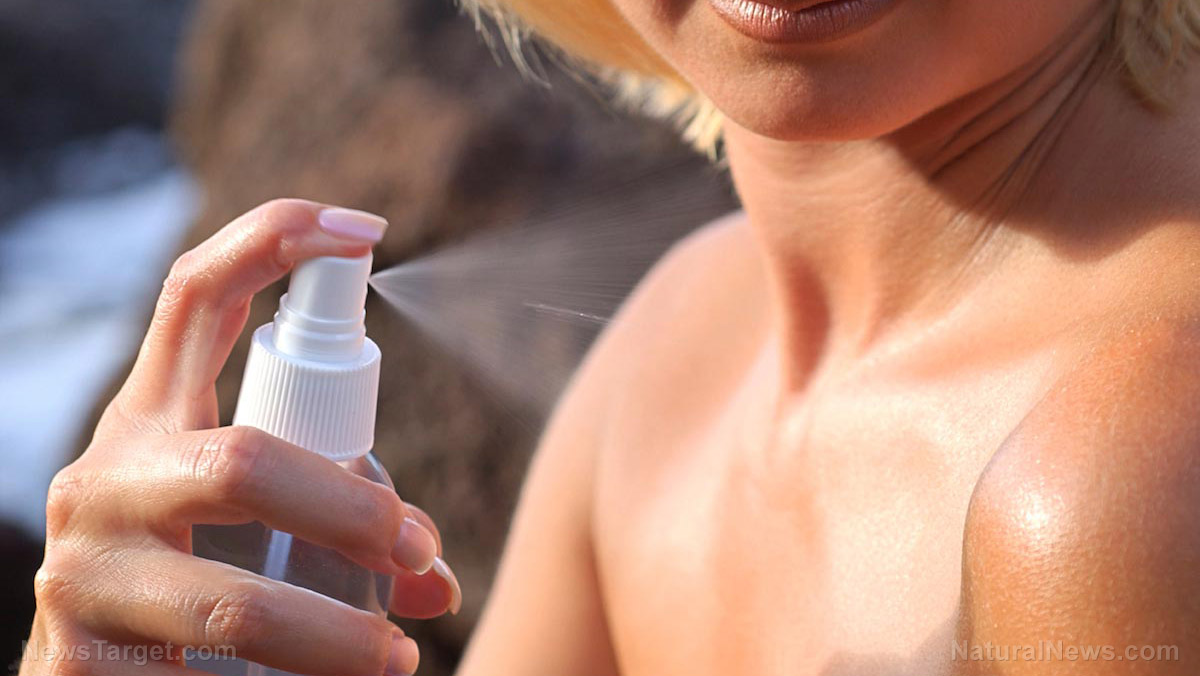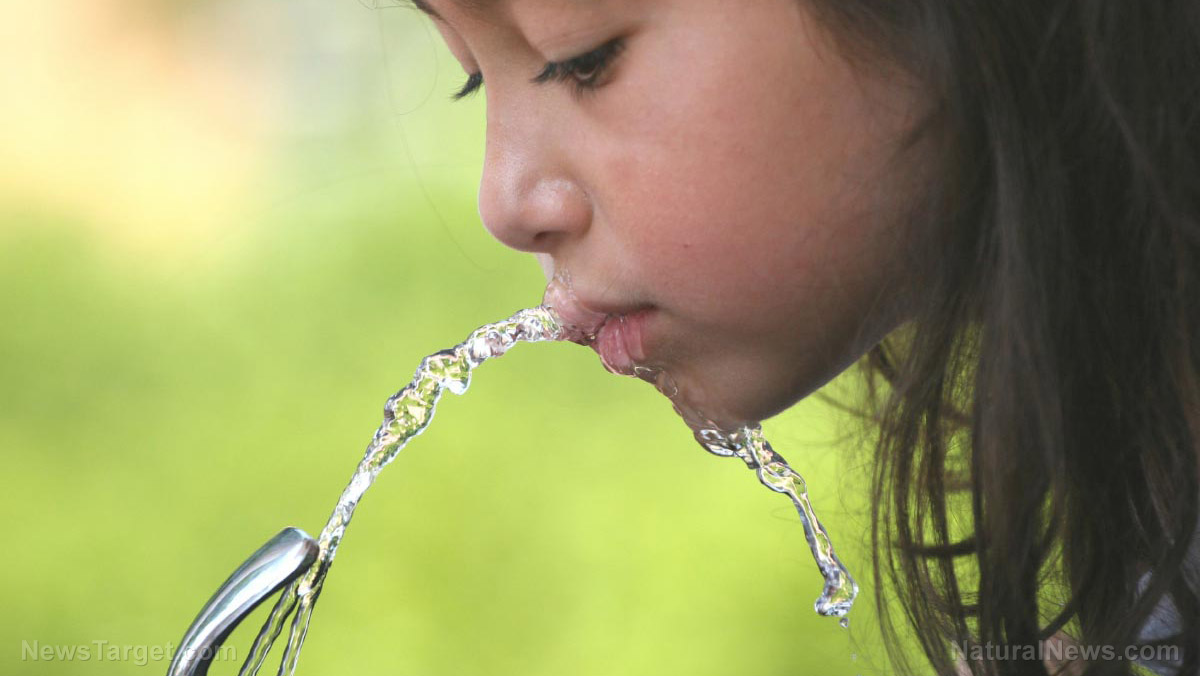Sunscreens may be harming fish embryos
03/11/2019 / By Isabelle Z.

We’ve been told over and over again how important it is to wear sunscreen every time we step outdoors, but even those of us who prefer to skip it most days so our bodies can get the sunlight needed to create vitamin D still tend to apply a generous amount of sunscreen before a full day at the beach. Unfortunately, all that sunscreen is having a very negative impact on sea life, putting fish and coral reefs at risk.
A recent study discovered that seawater contains excessive amounts of sunscreen chemicals. Although several sunscreen chemicals have been studied individually, the study from Hong Kong researchers was the first to look at the damage that a combination of sunscreen chemicals can cause. It’s an important distinction when you consider the fact that sea life is not exposed to just the chemicals in your sunscreen in isolation but rather an accumulation of all the products every sunbather who enters the water is wearing.
The scientists discovered that the chemicals can create abnormalities in zebrafish and kill their offspring, and if you think that doesn’t affect you, think again: The genetic structure of these fish is similar to that of humans, so we could suffer similar consequences.
After collecting sea water samples at 2 meters deep from 30 places on the Hong Kong coast, the researchers examined some of the most common organic UV filters found in modern sunscreens. Not only did seven of the nine chemicals analyzed appear in Shenzhen waters in public beaches and harbors, but they also made their way into tap water and reservoirs. Not surprisingly, they found very high concentrations and discovered the UV filters build up in marine life, likely making their way up through the food chain where they could affect humans as well.
As part of the experiment, the researchers created a simulated environment where brine shrimp contaminated with three common UV filters were fed to zebrafish for 47 days. None of the adult zebrafish who consumed the contaminated brine shrimp showed any signs of problems, but their embryos suffered from malformations and abnormalities, with their 24-hour mortality rate going from the usual 10 percent to a disheartening 60 percent; their 72-hour hatching rate, meanwhile, fell from 80 percent to under 30 percent. According to the researchers, the combined effect of these sunscreens makes them more dangerous than an individual chemical.
Sunscreen harming marine life around the world
A similar problem was seen in a recent study of popular tourist beaches in the south of France. In that study, researchers singled out titanium dioxide, whose small particles are normally coated with protective chemicals. However, when they enter the environment and are exposed to sea water and UV light, this coating breaks down, which means sea life is exposed to pure titanium dioxide. They say the chemical, which poses a serious risk to fish and other types of sea life, builds up significantly in small beaches and still bodies of water.
Last year, Hawaii issued an outright ban on sunscreens that contain chemicals like oxybenzone and octinoxate, which have been linked to damage to coral reefs. In addition to killing coral and preventing them from reforming, the chemicals are also toxic to marine algae, fish and sea grasses.
There are calls around the world for manufacturers to seek safer alternatives in sunscreen formulations that won’t harm humans or the environment.
If you’re concerned about the impact that sunscreen use can have on your health and that of the world around you, consider upping your body’s natural skin protection with an antioxidant-rich diet and plenty of astaxanthin. You can also seek natural, mineral-based sunscreen like zinc oxide, and perhaps more importantly, convince others to do the same.
Sources for this article include:
Tagged Under: angelfish, ecosystems, environment, fish, human impact, marine life, sea life, sunscreen, Titanium Dioxide, toxic chemicals, toxic water


















